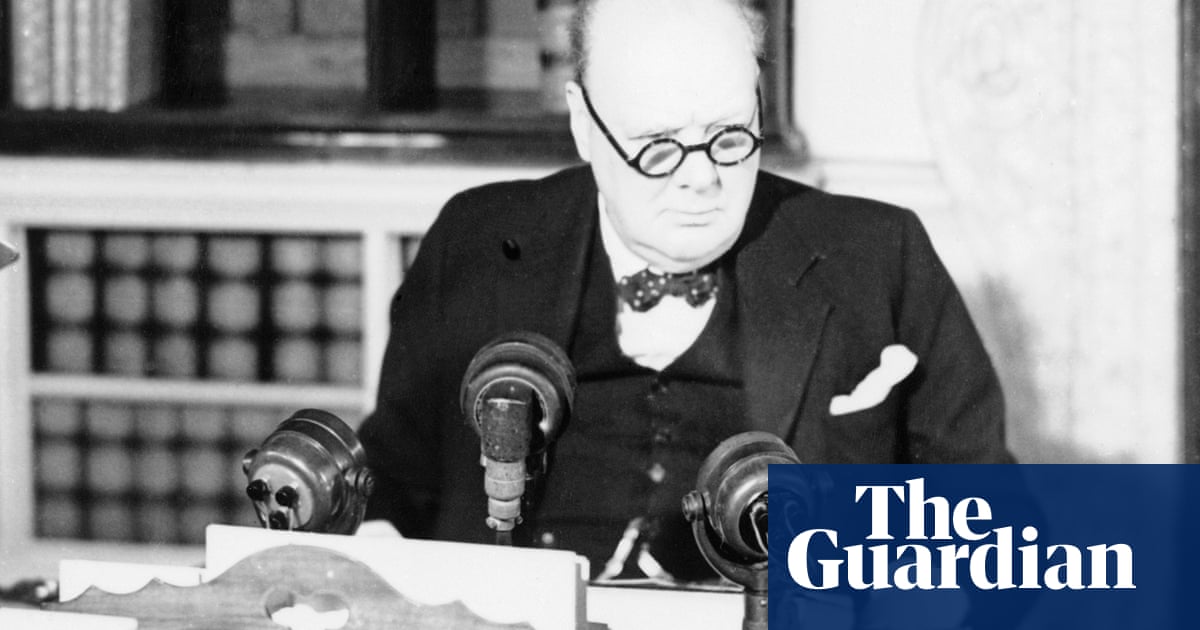The standard routine in theatre goes something like this: an actor is cast in a play; they read, learn and rehearse it; and then, at last, they perform it to an audience, who will hopefully soak up their hard work. But for Tim Crouch, one of the industry’s chief experimenters, this exercise began to feel reductive. “A lot of actor training is about holding focus within the stage and putting the audience into a receiving role,” says Crouch. “I used to go to pubs and bitch about it.”
An Oak Tree – his 2005 play that is now seen as a landmark work – was born directly from these frustrations. The script, which is written to be performed by Crouch and a new actor each night, celebrates its changeability. “It is a finished piece, but it contains an unfinished element,” Crouch says. An Oak Tree’s story concerns a meeting between two men: a father who has lost his 12-year-old daughter in a car crash (played by the actor), and the person behind the wheel (played by Crouch). The one basic requirement is that the actor arrives at the theatre oblivious. They must have never seen the play, nor read the script, and be willing to stand on stage with no idea what will happen over the course of the evening. Frances McDormand, Peter Dinklage, Mike Myers and David Harewood are some of the many names to have played Crouch’s unwitting castmate over the years.
One of the play’s early performers was Toby Jones, who “rocked up” at the Brighton festival run of the show in 2006. “Tim said you don’t need to know anything; come on stage, it will all become clear,” Jones laughs. Part of the appeal for him was the opportunity to “go on a journey with Tim” and lean into the unexpected. “In a way, it is about submission of control … it is very moving; there’s quite a lot to take in”.
Susan Wokoma, who performed in An Oak Tree at Rada in London in 2018, was similarly excited by the play’s uncharted territory. “When I started acting as a kid, there was so much ensemble work, and it was about trust,” she says. “Then you become an actor, and there is absolutely zero risk.” After An Oak Tree finished, Wokoma “missed it immediately because I had to go back to what we’ve decided theatre is. I felt proud that I was part of it – you’re part of the largest company ever”.

Now, 20 years after its conception, Crouch is preparing to celebrate its anniversary with a three-week run at London’s Young Vic. Actors including David Tennant, Jessie Buckley, Meera Syal and Mark Gatiss are all due to take the second role in Crouch’s ever-evolving drama. As the one constant, Crouch has now performed An Oak Tree 380 times at theatres all across the globe. He keeps a list on his laptop of actors who have joined the play’s ever-growing company. His play, he says, “is like a lizard; it loses its tail and regrows it”.
Crouch started his career in the theatre company Public Parts and trained as an actor at the University of Bristol and the Central School of Speech and Drama in London. He branched out into writing with his debut My Arm, a play that uses objects from the audience to a tell a story about a man who holds his arm above his head for 30 years. “I was an unhappy actor and didn’t know what the fuck I was doing,” he says, “[and] I wrote My Arm just for myself”. But the play was a success, and from it grew An Oak Tree. “I wanted to effectively keep doing what I was doing with My Arm – to use an actor’s projection to turn a human into another human.”
Nowadays Crouch is considered a master of form. His plays challenge the traditional expectations of theatre. But it’s surprising to learn that An Oak Tree’s narrative came before its structure, with Crouch writing a story about two men meeting up after the death of one of their children. Inspired by a sculpture by Michael Craig Martin, which labels what is clearly a glass of water as an oak tree, the father in the play turns a nearby oak tree into his daughter.
In 2005, Crouch, alongside his now-longtime collaborator Andy Smith, wrote a play that “aligned both” form and story. Originally, Crouch wanted the father to be played by a non-actor. “But then it expanded into using a different actor every time,” he says. “The story is about a man who is lost, played by an actor who is lost”. In rehearsals, Smith took the role of the unknowing actor/father. “Kind of like Men in Black, Andy would erase his memory of the previous day’s work,” he says. “He would note me on my tone, clarity, and how enabling my instructions were.” The second character is still called Andy in the published playscript of An Oak Tree.

Eventually, Crouch started to “bring in friends” to see how they’d react. “We’d talk to them afterwards and go: ‘How was that for you? Was there anything that was unclear? Where did you feel overwhelmed?’” he says. After two preview runs in Germany, An Oak Tree opened at the now defunct Nightingale theatre in Brighton with Deborah Asante playing the role of the father.
Putting the second actor at ease is hugely important to Crouch. He meets them an hour before the show to prepare them for what to expect. “I start by saying they can’t get it wrong, and they can’t get it right,” he says.
Taking part in Crouch’s “formal game” was a liberating experience for Jones. “It was quite unsettling, but Tim has written it so you’re constantly being reassured that however you’re doing it, it’s right,” he says. “I remember coming off and thinking the play was just a beautiful idea.” Since then, Jones has encouraged any actor considering signing up for An Oak Tree to do it. “I tell them they’ll be absolutely fine”.
Michelle Terry, the actor and artistic director of Shakespeare’s Globe in London, who is on the cast list for the forthcoming Young Vic run, admits that she’s been a fan of Crouch’s work “for ever” and lists off some of her favourite plays that he has written, including I, Malvolio, I Cinna (The Poet), and Truth’s a Dog Must to Kennel in quick succession. “I think anyone who loves theatre and works in theatre just thinks he’s the best,” she says.
The rules of An Oak Tree are followed closely by the actors. Also due to appear at the Young Vic is Game of Thrones actor Indira Varma, who has avoided talking to anyone who has been in the play before. “We’re not allowed,” she laughs. “How do you prepare for something you don’t know anything about? I think I’m just going to go with the flow.”
“It must be exciting for the audience,” she says, “watching someone potentially make a twat of themselves but also maybe succeed.” The only thing that worries Terry is that the script’s font might be too small to read; “otherwise, it is just a beautiful offer to go and just be there”.
Now big-name actors queue to perform in An Oak Tree, a play that began its life on the fringes. How does this feel for Crouch, whose work is created in antithesis to the mainstream theatre world where Hollywood Oscar winners dominate? “I would very happily play to university theatres for ever,” says Crouch. “But I think the play is more than that. It has something to say about the bigger structures that operate in theatres.”
Clearly, Crouch’s “imperfect” play appeals to the masses. “It took me a long time to have the confidence to call myself a playwright,” he admits. And yet Crouch has new ideas bubbling to the surface. He wants to write more work for children: his twist on A Midsummer Night’s Dream, I, Peaseblossom, is on at the RSC in May. But, never once in 20 years has he been bored by An Oak Tree. “It keeps my brain alive and alert,” he says. “Until theatre changes profoundly, I will keep doing it.”

 1 day ago
12
1 day ago
12













































